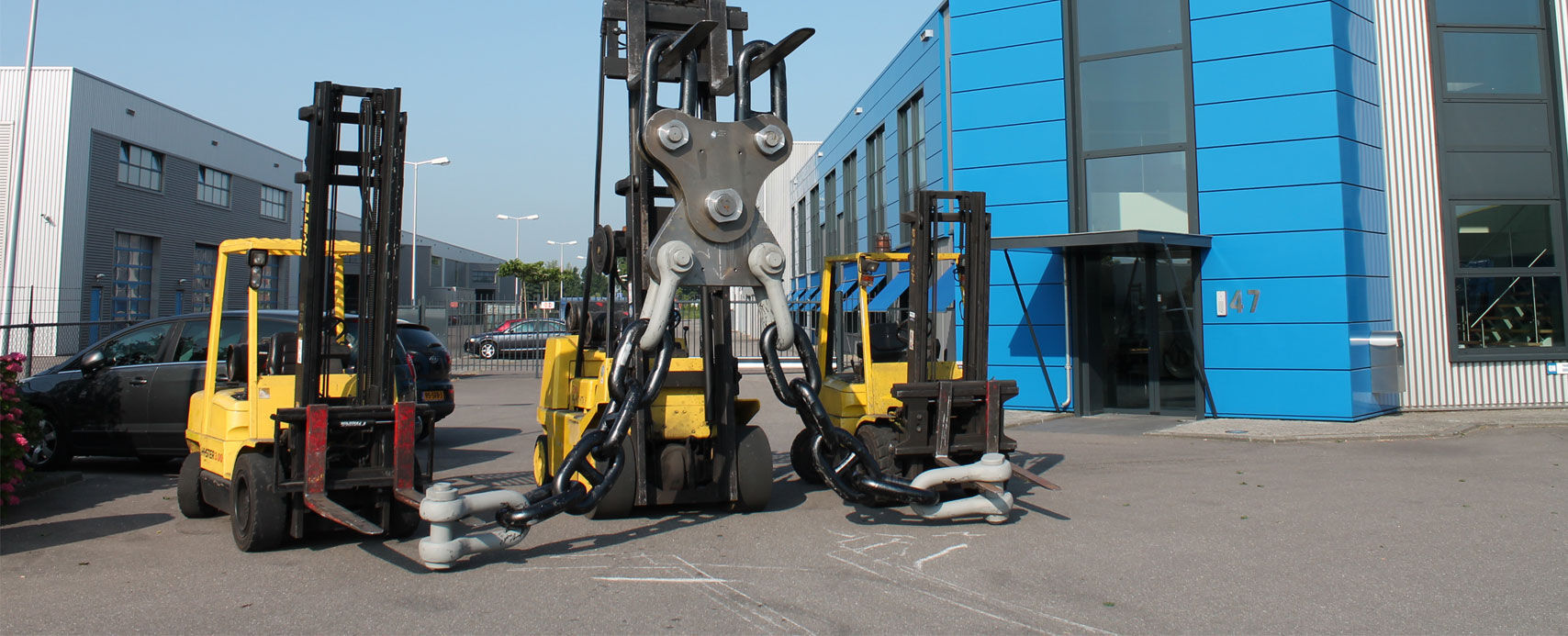News /Forging is our passion
Recently we receive a lot of questions involving the difference between cast and forged shackles. Despite the clear difference between these two manufacturing processes, there are a number of clear advantages and disadvantages between them.
Because we believe this question may be relevant for you as well, we decided to issue a newsletter with this subject. We summarized multiple relevant articles and reports for better readability.
SAFETY
We strongly believe, based on our experience over the past decades, that in a working environment where safety is the highest priority, forged shackles should be the only choice.
Due to the characteristics of forged material, the Shackles will first significantly deform due to overload before critical failure, where cast material hardly shows any deformation before failing.
Also a forged shackle has a much better fatigue performance and forged material features better impact properties at low temperatures (Artic conditions).
This is certainly an advantage for Shackles used in critical applications. On the other hand a cast Shackle is way more sensitive to inclusions and surface cracks.
These material faults must be treated as soon as they are detected, resulting in downtime and increased operational costs.
FORGING
Forged shackle are made under huge compressive forces to shape a solid piece of metal to its desired shape. The raw metal is forced under thousands of kilograms of pressure into a die being the exact negative form of the shackle.
The high force that is used for the forging process causes metallurgical recrystallization and grain refinement, which aligns with the shape of the product. This results in mechanically stronger parts with greater impact strength, shear strength and wear resistance.
Advantages forged shackles in relation to Castings, include:
- Better structural integrity and increased mechanical strength due to the altered grain structure
- Forging process eliminates surface porosity, inclusions, and discontinuities
- Greater reliability and consistency in ductility, increased yield- and tensile strength
- Higher impact values and
- Better fatigue life than castings
- Requires less monitoring and action to maintain quality and prevent defects
CASTING
Cast shackles are produced by pouring molten metal in a preformed mold. After the metal cools and hardens the finalized metal part shape is then ready to be finished. This can be accomplished through additional machining and other processing techniques to achieve the desired tolerances and finishes.
Advantages of the casting process:
- The main advantage of the casting process is its versatility. Castings are best suited for complex shapes that cannot be easily produced by forging
- Meets higher tolerances for more detailed designs
- Closer to final shape which requires less secondary machining/processing
CONCLUSION
Forged steel is generally stronger and more reliable than castings due to the fact that the grain flows of the steel is altered, conforming to the shape of the part. The operational cost are lower and last but not least a forged shackle is the safer choice.
Back to overview

